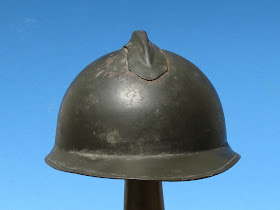Mexico declared war on Germany in 1942 after two Mexican ships were torpedoed by German U-boats. With that ties between the Rio Grande neighbors became stronger as they faced off against a common enemy; indeed, a squadron of Mexican fighter planes - Escuadron 201 - fought alongside US Army Air Forces squadrons in the Philippines in 1945. Mexican citizens served not only in the Mexican National forces but there were many Mexicans who enlisted in the US armed forces for the duration of the war. On the homefront, over 300,000 Mexican citizens entered the United States to work in defense plants, shipyards, and other strategic industries.
Mexico was a true friend of the Estados Unidos.
To promote unity with our friends south of the border, Walt Disney, in 1944, produced the animated movie "The Three Caballeros" starring Donald Duck from the USA, Jose Carioca from Brazil, and Panchito Pistoles from Mexico. This attempt at building good feelings between neighbors left us with a very peppy song sung by the trio which can be viewed here. Feel free to sing along; it's pretty infectious.
Mexico adopted the French m.26 Adrian helmet for use by their armed forces in 1935.
When France became entangled in the war no more m.26 helmets were exported and Mexico produced its own version in which the rivets and split pins were replaced by spot-welding. This example is of French manufacture.
As with all Adrian helmets, the comb conceals the ventilation system.
Air flows through slits at the base of the comb...
and passes through holes at the crown of the shell.
Note that the comb is affixed with split pins.
Rivets pass through the shell...
and attach the liner bracket.
The liner, which is missing in this helmet, is attached by clips to four brackets.
What appear to be rivets affixing the comb...
are actually split pins.
The chinstrap is connected to the shell by thin, rectangular, wire bails.
The chinstrap is adjusted by two sliding buckles.
A small leather strap grommeted to the chinstrap forms a simple chincup.
Crossed rifles and an intersecting bugle is the insignia of the infantry.
Adios amigos y amigas!
I'll see you next time with another cool helmet from the collection.
Mannie






















































